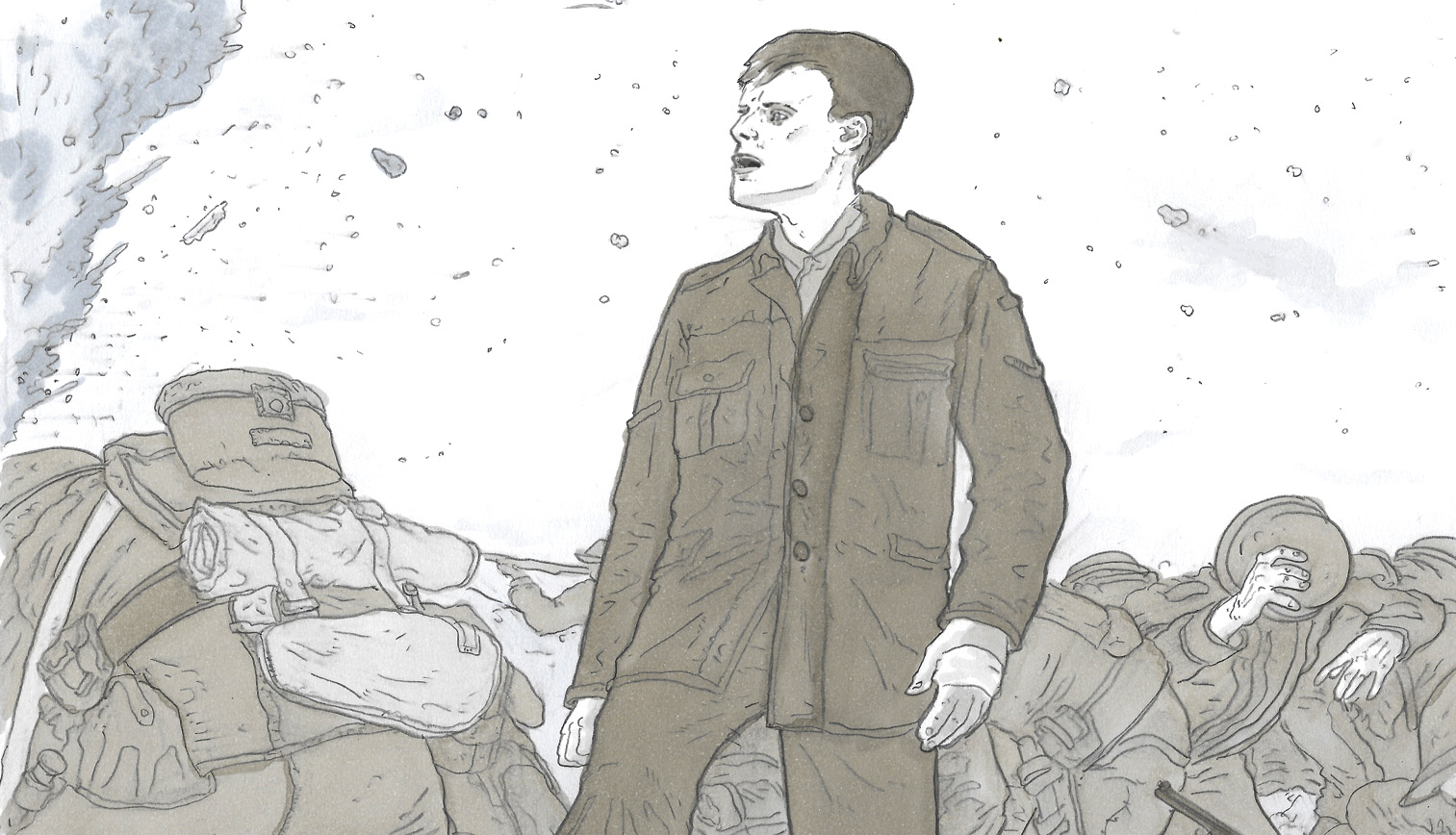An immersive technical marvel with no shortage of emotion and intensity
The film 1917 is one of the best movies I’ve seen in the last few months. Everything from the tragedy the characters faced to the illusion of a long-take left me in astonishment. It’s a film that is absolutely fantastic on every technical level while also exploring the trauma of war.
I believe that 1917 can credit its emotional effect on audiences to two reasons: the performances by Dean-Charles Chapman and George MacKay, and the bold choice by director Sam Mendes to make the film look like one single shot. The Film has a very simple concept: two British soldiers are given a mission to deliver a message across enemy territory in order to stop an attack. However, there are rich visual details and emotional tones surrounding the story, which is what really builds the movie.
First, the performances by Chapman and MacKay were absolutely phenomenal. They inhabited their characters so well, creating people that were perfectly realistic, tragic and beautiful. Even though I only knew their characters, Blake and Schofield, for two hours, they offered the audience such an intimate connection during that time that it makes you feel like you’ve known them for a lot longer. For two “unknowns” — which was why Mendes wanted to cast them in the first place — they make themselves not only known, but embedded into your mind and your heart. Their performances will haunt you in the best way possible.
If you’ve already heard a thing or two about 1917, you might have heard the word “seamless.” When describing 1917‘s editing and cinematography, that word is used accurately. Mendes approached his film with the idea of it being in real-time and it was an excellent choice. Following the characters during every minute of the film made it thrilling, tense and, above all, an immersive experience. You feel like you’re witnessing the lives of these two young soldiers, and brought along to experience the horrors of war yourself.
The film’s editor, Lee Smith, stitched together every shot seamlessly. Additionally, it had an incredible score by Thomas Newman that only added to the film’s powerful emotional effect. Even listening to the score without the visuals has the power to tell this tragic story. The striking and beautiful cinematography, done by the remarkable Roger Deakins, in addition to the musical score, completely engulfs you.
In the end, I was grief-stricken by the film’s events, but in awe of its technical wonder. I do believe that it deserves the hype it has in terms of its Golden Globe win for Best Drama Motion Picture and Best Director of a Motion Picture, and its 10 Academy Award nominations including Best Cinematography, Original Score, Director and Production Design. If you can see 1917 in theatres, do it whether it’s in IMAX or a regular theatre. The experience is worth every penny.
Graphic by @joeybruceart
